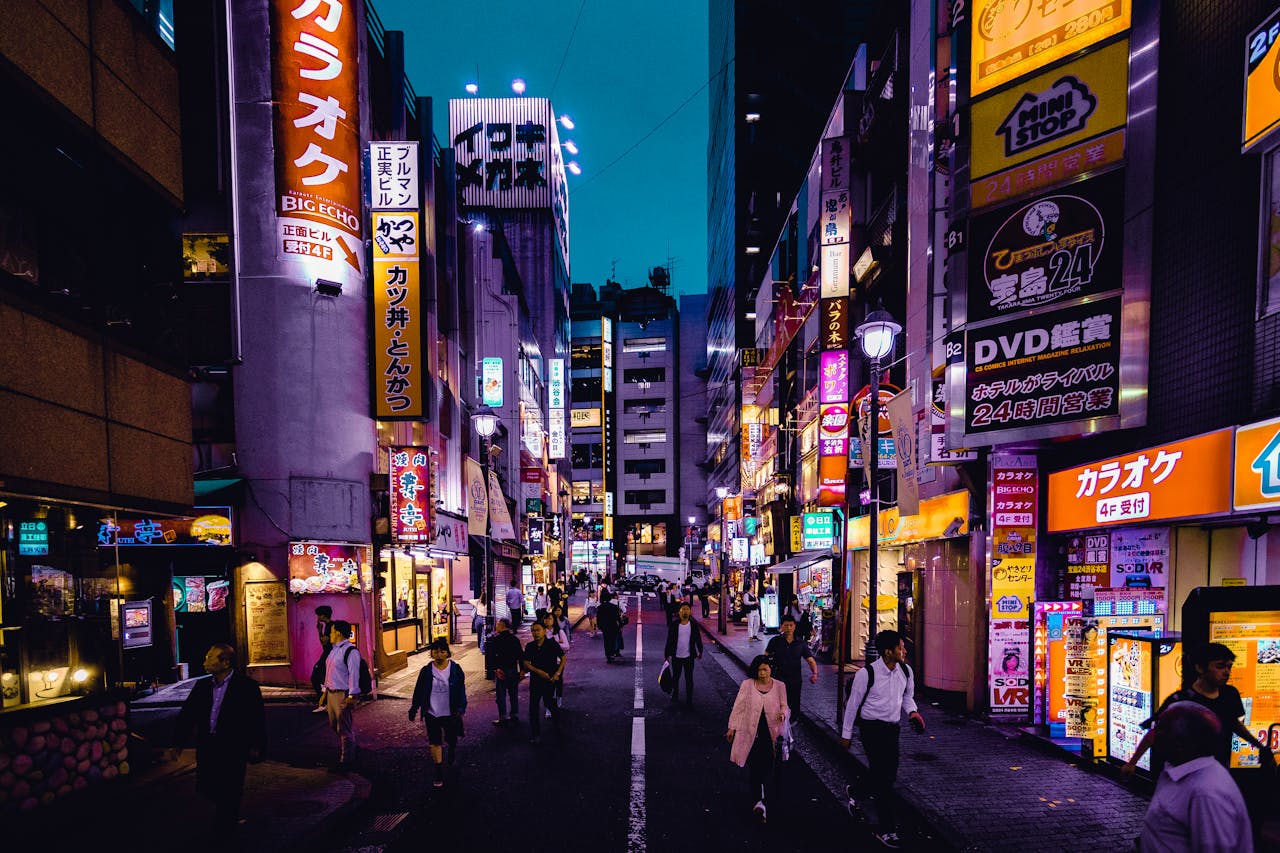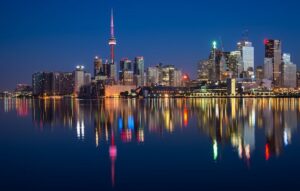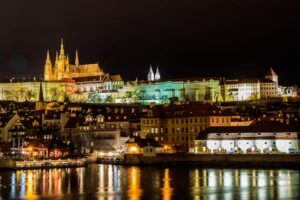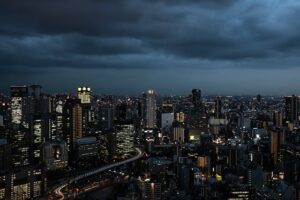Japan is a country that blends timeless tradition with the finest current innovations. From dynamic cities to tranquil shrines, it has something to meet the needs of all travelers. Let’s explore Japan with some of these places: from iconic highlights right to those off the beaten path that are sure to captivate your heart.
Best places to visit in Japan
The Best Places to Visit in Germany: A Comprehensive Guide
Tokyo: The Pulse of Japan
Tokyo is Japan, the city that never sleeps. It is one huge cosmopolitan city in which ancient temples stand several steps away from huge skyscrapers. And one wouldn’t forget the famous Shibuya Crossing, described by many as bringing the busiest intersection in the world into mind. Just one crossing remains as a single visual description of Tokyo: hustle-bustle, where thousands move in perfect sync every several minutes.
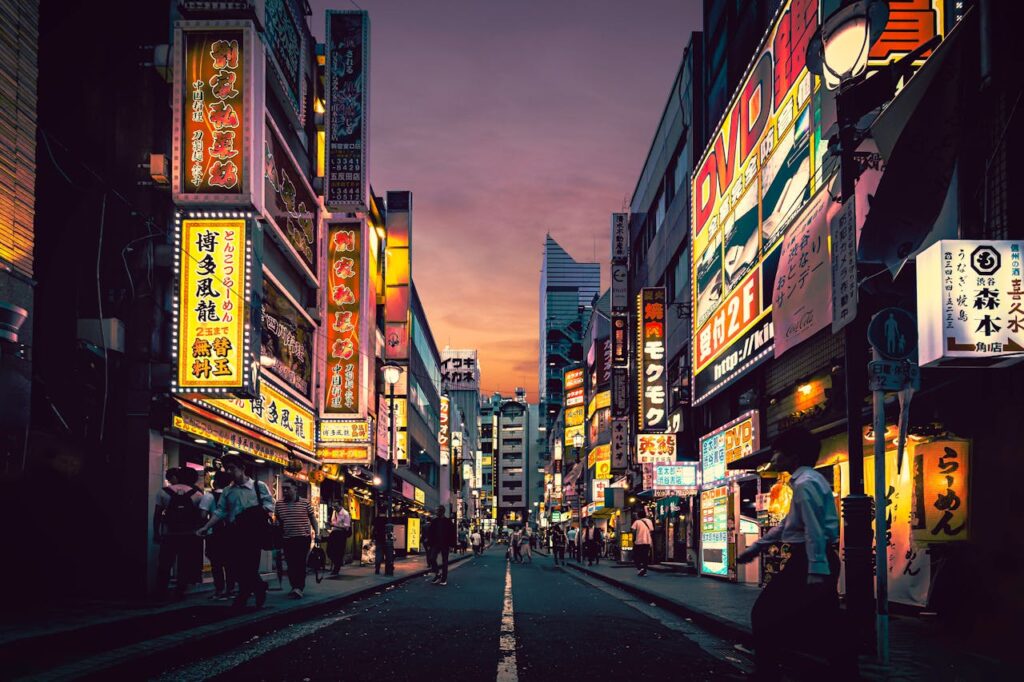
Tour the Tokyo Tower, loosely modeled on the Eiffel Tower, for a bird’s eye view of the whole city. For an absolute dose of history, the Asakusa District, home to the oldest temple in Tokyo, is the Senso-ji Temple. Take a walk along the Nakamise Street, which fronts traditional-styled shops hawking everything from tidbits to souvenir items.
More up-to-date still is a transfer to Akihabara, which may well be the city with the highest density of anime and manga fans in the entire world. A trip to the Ginza District, which is absolute paradise for shoppers, since it contains all the most famous luxury brand boutiques, famous department stores, and art galleries, is a requirement for visitors.
Kyoto: The Ancient Capital
Kyoto is among the important cities of Japan and has served as an imperial capital for more than 1,000 years. Perhaps the best suggestion that could be made would be to visit more than 1,600 temples and shrines, which hold everything from the finest collections of Japanese art to the deepest spiritual roots of Japan. Possibly one of its most famous views, the Fushimi Inari Shrine—thousands upon thousands of vermilion torii—gives a twisting path up the forested slopes of Mount Inari. You get nice views around, and actually can escape the peaceful city.
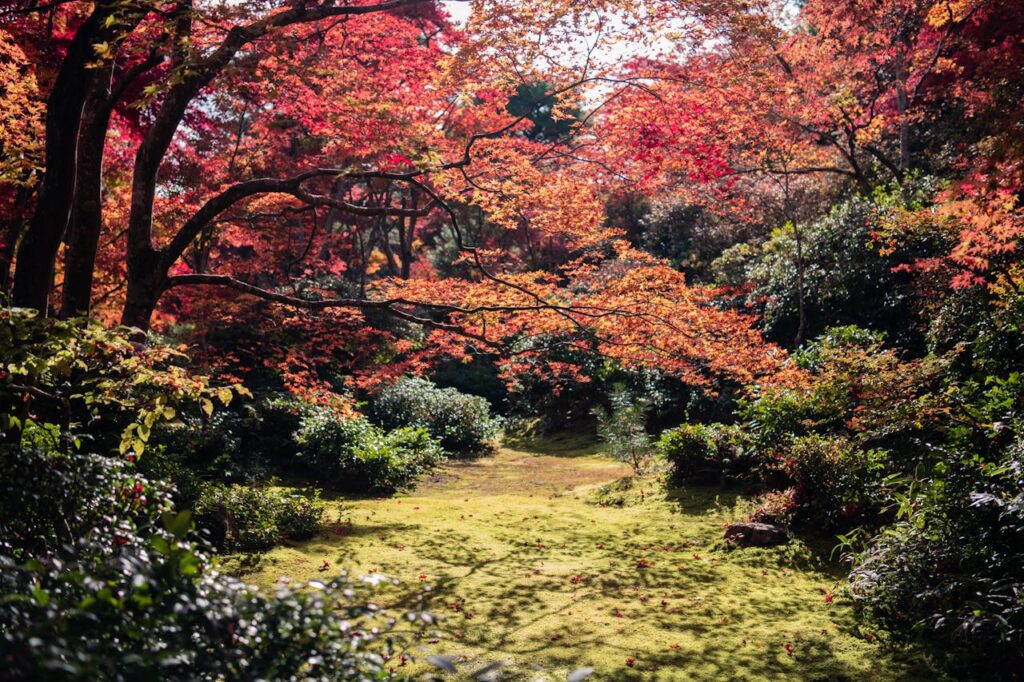
Among the other highlights is the Golden Pavilion—the Kinkazou-ji is a Zen Buddhist Temple covered in gold leaf and reflected so prettily in the surrounding pond. The Ginkazou-ji, or Silver Pavilion, also presents another perspective of the place. But here, unlike the name suggests, the structure is not covered in silver; it is surrounded by beautiful green gardens and is very peaceful.
The Arashiyama Bamboo Grove has tall stalks of bamboo that make it feel very mystic and is a ‘must-visit’ place. It is also adjacent to the Tenryu-ji Temple, which has a serene temple and beautiful gardens. Another similar walk would be the Philosopher’s Walk—one of those beautiful routes lined with cherry blossoms that one could leisurely walk down.
Hokkaido: Paradise of Nature
Hokkaido, located at the very north end of Japan, will, of course, attract nature-loving people. It comes equipped with typical beautiful landscapes and hot springs and hosts some of the major ski resorts that offer experiences all year round in both summer and winter. Especially for this reason, Niseko has gained the title of the world’s most famous ski resort because of the light, powdery snow and the lively après-ski scene in the winter. February is when the world’s wonders come looking like the famous Snow Festival, best explained with stunning ice sculptures and huge crowds in pilgrimage to pay homage to the testament of winter delight in Hokkaido.
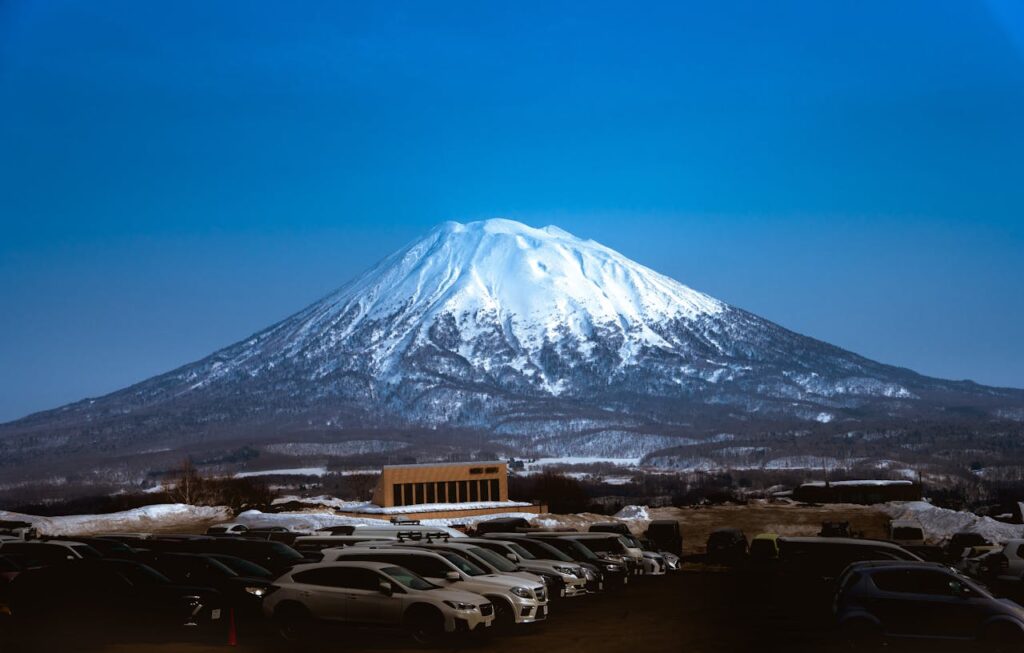
In the summer, Furano Lavender Fields bloom to perfection and flood the whole environs with purple. Shiretoko National Park is a UNESCO Heritage site and a haven for wildlife enthusiasts; the same paradise blessed your sightings of brown bear, fox, and whale. The same park also houses some beautiful waterfalls like Kamuiwakka Falls, where you can take a dip in naturally warm waters.
Osaka: The Kitchen of Japan
Osaka is referred to as the “Kitchen of Japan,” and it literally will be a paradise for foodies. Street food is one of its specialties, and nothing speaks volumes about it like the fabled Dotonbori, which actually functions as the very vortex of culinary activities. Walk around: the neon-lit streets, the local delicacies—takoyaki, ball-shaped food filled with octopus, and okonomiyaki, a kind of savory pancake.
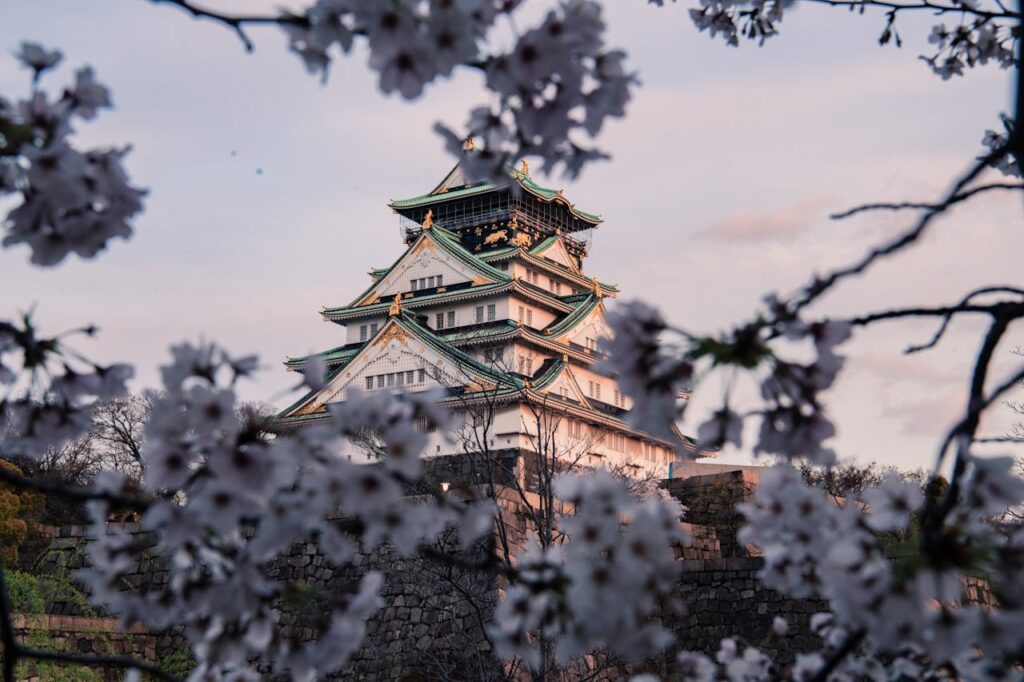
Other than food, really nothing is more appealing to the eye in Osaka than the historical spots. The main sight to pay a visit to must include the Osaka Castle, with its beautiful gardens and coupled with the amazing architecture of this treasure. Visiting Umeda Sky Building and its floating garden observatory provides a great view of the city.
If time permits, you can also drop by Universal Studios Japan featuring the heartbeat-pounding rides and attractions, the most popular of which is Wizarding World of Harry Potter. A little outside Osaka is the Nara city, which is famous for Nara Deer Park and Todai-ji Temple housing the Great Buddha.
Hiroshima: A City of Peace
Hiroshima rises, phoenix-like, from the pitiful ashes of its past into a multi-ethnic peace symbol, a resilience in its current times. In the Peace Memorial Park and Museum, the world receives so many poignant reminders of the Atomic Bomb in 1945. The Hiroshima Atomic Bomb Dome is part of the UNESCO World Heritage list and an important testimony regarding just how much horrible destruction the bomb could cause.
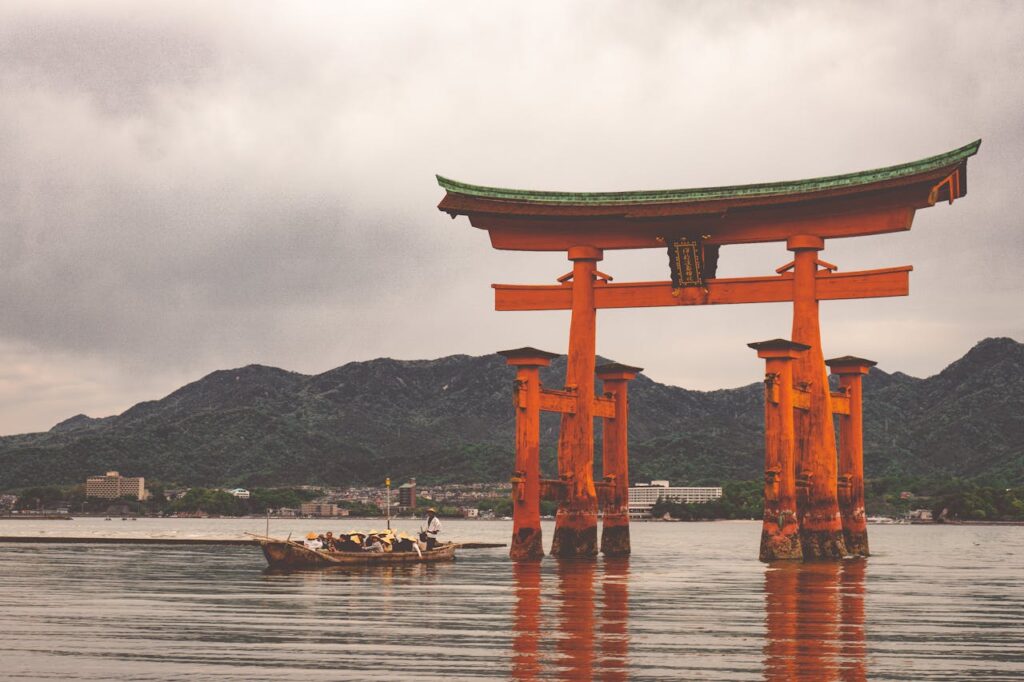
Although Hiroshima itself has its somber history, it has a lot to offer to a tourist. Probably, first of all, one shall not miss Miyajima Island and its floating Torii, the Itsukushima Shrine. It has been told that its platform stands on water during the time of high tide. But besides that, the environment is teeming with friendl,y free-roaming deer, which get fed by visitors.
Okonomiyaki is considered the typical Japanese food, but it is more Hiroshima’s version of the pancake with all the sides; and besides, it comes with noodles and other delectable morsels. That also means another specialty of the city is seafood.
Okinawa: Tropical Getaway
Located at the southern end of Japan, Okinawa is a tropical paradise. These consist of brilliant beaches with white sand and transparent blue water, which, when combined with the rich cultural history of the place, make it a visit like no other across the face of the earth.

Shuri-jo Castle is very valuable within the scope of UNESCO World Heritage; it is also an affirmation of traditions in Ryukyu. Regrettably, in 2019, the castle succumbed to fire but was restored in turn, serving as a symbol of people’s resilience in Okinawa.
An exotic place of untouched, white sandy beaches combined with clear blue waters full of marine life, making it ideal for snorkeling and diving; the soul of a beach lover will find Zamami Island exhilarating. The Okinawa Churaumi Aquarium, located on Okinawa, is the largest in the area and exhibits the culture’s marine life; whale sharks, giant mantas, and many others can be found here.
Nikko: A Spiritual Getaway
The final destination on this leg eastward is Nikko, a city lying to the north of Tokyo and one which positively teems with a history of spiritual resonance. Most opulently ornate is the Toshogu Shrine, the last resting place of Tokugawa Ieyasu, founder of the Tokugawa shogunate, one of the most important of Japan’s cultural monuments. High above, the tall straight trees rustle in the wind, increasing the spiritual atmosphere yet further.

Only in Nikko National Park can visitors find one of nature’s rich treasuries of beauty, housing three of the most beautiful waterfalls in Japan. Many hiking trails, hot springs, and countless wondrous landscapes take up this place. Another beautiful point of interest is that of the beautiful Lake Chuzenji, a calm lake at the foot of Mount Nantai.
Kanazawa: A Walk Back in Time
This would be one of those cities where one would find the beautiful preservation of traditional Japanese culture. Since that day, Kenrokuen has been one of the three famous gardens of Japan, for it offers a great example of a design. Take pleasure in visiting it in the springtime, when cherry blossoms are in full bloom, and, if possible, do it in the fall when all the leaves have turned to oranges and brilliant reds.
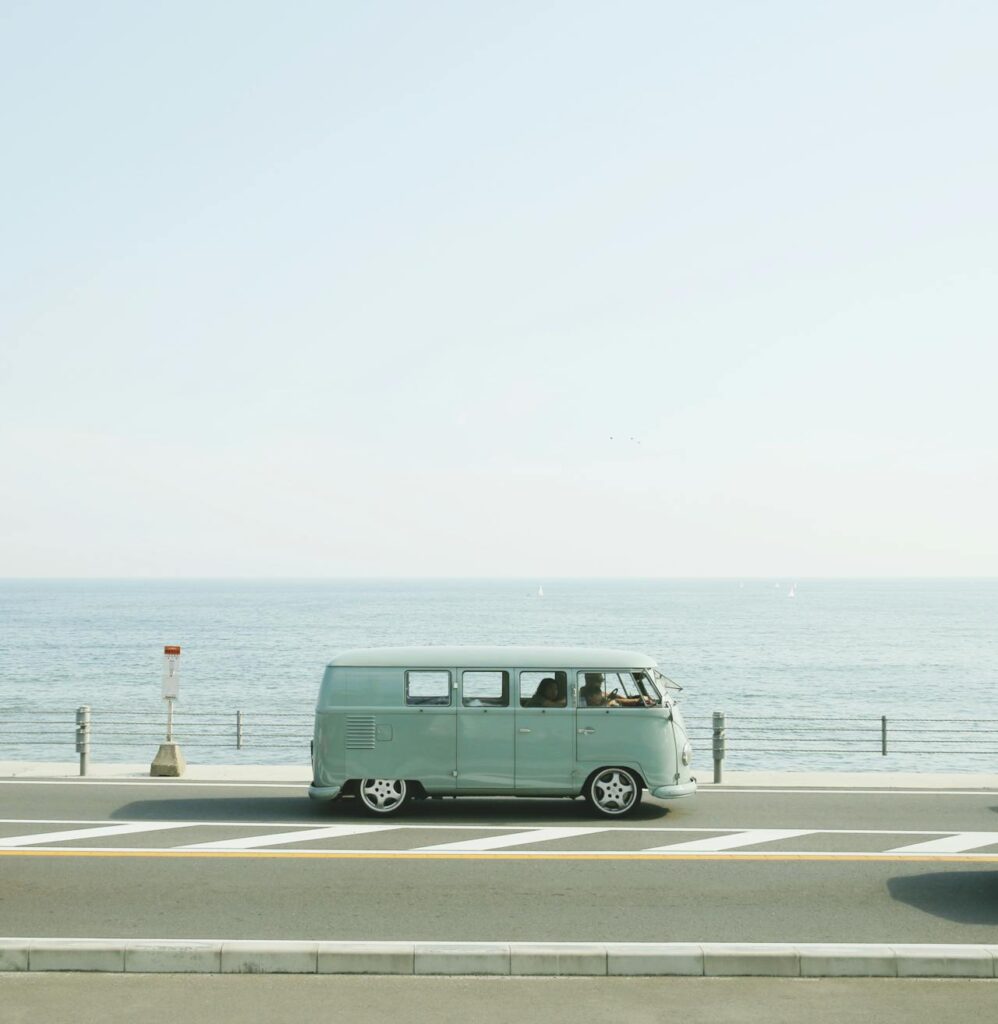
Kanazawa Castle, huge and well-kaint, discloses to us the past of today’s feudal Japan. Also, visit the Higashi Chaya District, a district of old wooden houses inhabited by teahouses with geisha performances.
Kanazawa is also known for its highly active arts and craft scene; it has a big troop of gold leaf productions. There are many workshops available for one to see and sometimes participate in.
Conclusion
Japan is a blend of history, culture, and natural beauty. Indeed, a piece of Japanese culture feels full-force everywhere: the crowded and busy streets of Tokyo, the serenity of Kyoto’s many temples, and the fresh beaches of Okinawa. Old and new Japan is found everywhere, all knit together, making it a must for every traveler desiring diversity and richness in the experience.
